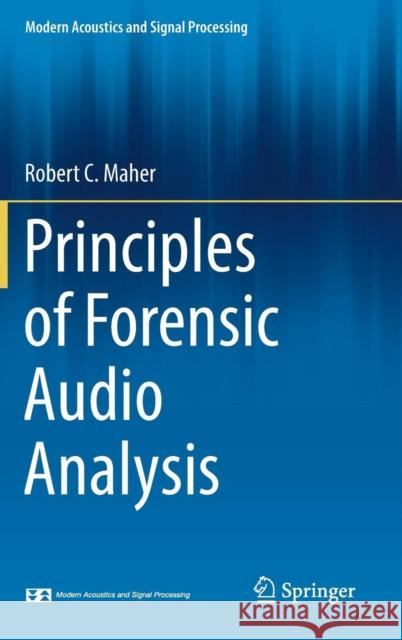Principles of Forensic Audio Analysis » książka
topmenu
Principles of Forensic Audio Analysis
ISBN-13: 9783319994529 / Angielski / Twarda / 2018 / 147 str.
Kategorie BISAC:
Wydawca:
Springer International Publishing AG
Seria wydawnicza:
Język:
Angielski
ISBN-13:
9783319994529
Rok wydania:
2018
Wydanie:
2018
Ilość stron:
147
Waga:
0.41 kg
Wymiary:
23.39 x 15.6 x 1.12
Oprawa:
Twarda
Wolumenów:
01
Dodatkowe informacje:
Wydanie ilustrowane











